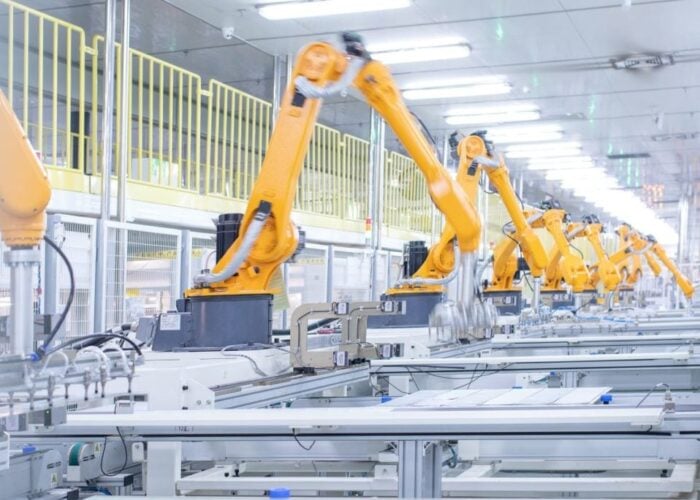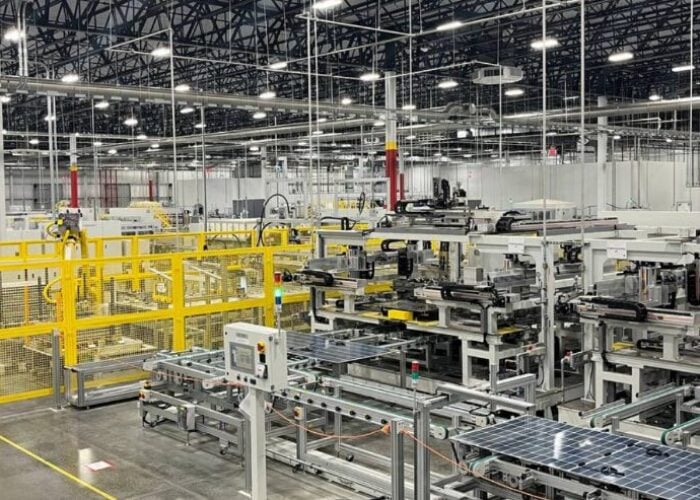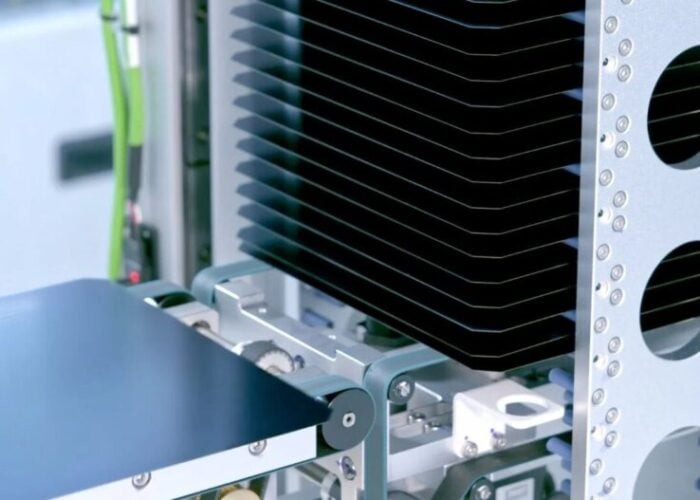
New research into mixed tin-lead perovskite solar cells has demonstrated the effectiveness of using carboranes to regulate cell temperature, which could drive the power conversion efficiency of such cells from 26.1% to 27.2%.
The study, ‘Sustainable thermal regulation improves stability and efficiency in all-perovskite tandem solar cells,” was completed by researchers at the Qingdao University of Science and Technology in China and the University of Toronto in Canada. The researchers, led by Shuchen Tan of Qingao University’s College of Chemistry and Molecular Engineering, focused on optimising the function of tin-lead tandem perovskites in the performance of solar cells.
Try Premium for just $1
- Full premium access for the first month at only $1
- Converts to an annual rate after 30 days unless cancelled
- Cancel anytime during the trial period
Premium Benefits
- Expert industry analysis and interviews
- Digital access to PV Tech Power journal
- Exclusive event discounts
Or get the full Premium subscription right away
Or continue reading this article for free
However, the researchers note that, historically, such compounds have “poor thermal conductivity,” making them unsuitable for use in processes where components are exposed to considerable amounts of heat, such as solar cell functions. The team tested the use of carbon-boron molecules, known as carboranes, and specifically ortho-carborane, which is often used in heat-resistant polymers, which helped transfer heat away from the perovskite layer of the solar cell.
This process reduced the average temperature recorded in the cell by five degrees Celsius. After being subjected to 85 degrees Celsius heat for 1.5 seconds, a control perovskite cell recorded a temperature no higher than 30 degrees Celsius. However, after 120 seconds subjected to such heat, a cell without the ortho-carborane addition showed temperatures as high as 35 degrees Celsius, while parts of the perovskite later, with the ortho-carborane, were as cool as 29 degrees Celsius.
The researchers note that cells containing ortho-carborane retained 80% of their original power conversion efficiency after being subjected to temperatures of 85 degrees Celsius for 1,080 hours. These cells also retained 87% of their original power conversion efficiency after operating under this heat for 704 hours.
The news follows other research into cells and temperatures, with researchers from the University of New South Wales earlier this month finding that tunnel oxide passivated contact (TOPCon) solar modules endured “significant degradation” in damp heat environment testing.






